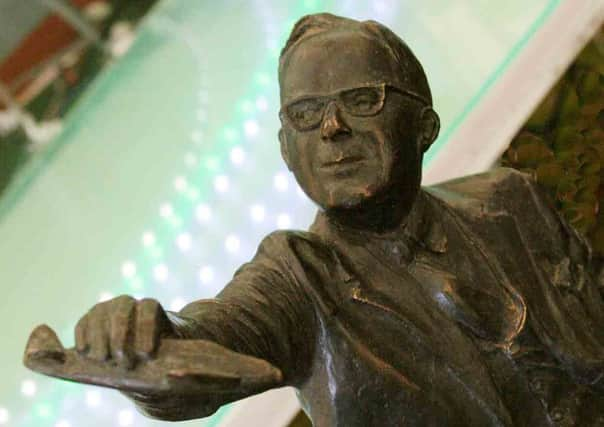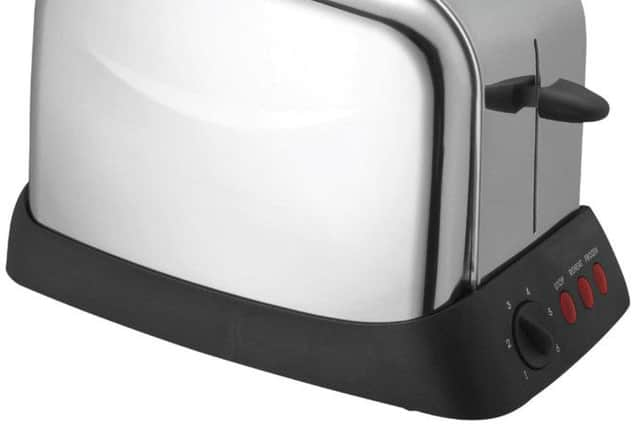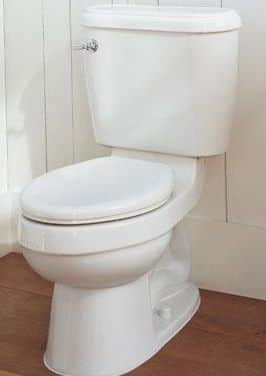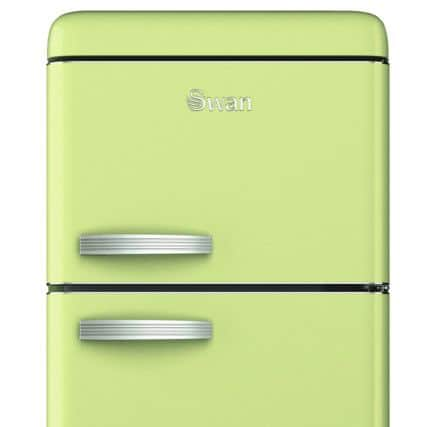Ten surprising Scottish inventions


Sir David Stirling, SAS
Colonial Sir David Stirling, born in Doune, was a Scottish aristocrat who founded the Special Air Service (SAS) after serving with commandos in the Second World War.
By 1941, feeling discouraged by his team’s lack of action, he convinced senior officers to let him mobilize a small group of comrades to destroy enemy lines in North Africa - a move that changed the nature of warfare as we know it.


Advertisement
Hide AdSince its inception, the SAS has taken part in missions in Afghanistan, Vietnam, and the Falklands, among others.
Alexander Cummings, flushing toilet
Eighteenth century watchmaker Alexander Cummings, from Edinburgh, can be credited with inventing the world’s first flushing toilet.
Cummings’ toilet, which he patented in 1775, allowed water to stay in the bowl after flushing because of the “S trap,” - a sliding valve between the bowl and trap.


This contraption prevented sewer gases from entering buildings and survives in modern day plumbing, modified as a U-shaped pipe.
James Young Simpson, anaesthesia during childbirth
A baker’s son from Bathgate, obstetrician James Young Simpson discovered the anaesthetic properties of chloroform and was the first to use anaesthetic for childbirth.
He faced fierce opposition from others in the field of medicine, religion and politics and took to experimenting with chloroform on himself first, and then his friends.


Advertisement
Hide AdHe won acclaim after using anaesthesia on Queen Victoria for the birth of her last two children in the 1850’s and invented many other new obstetric techniques which improve care for women in childbirth to this day.
Sir Robert Watson-Watt, radar
Sir Robert Watson-Watt pioneered the development of radio detection and ranging radar - the technology that helped win the Battle of Britain by allowing the Royal Air Force a crucial edge in detecting and repelling the Nazi Luftwaffe.
Advertisement
Hide AdShortwave radio waves are now used as the source of heat in microwave ovens and a statue of the Brechin-born scientist was erected in his home town in 2014.
Williamina Fleming, Horsehead Nebula
After emigrating from Dundee to America in the late 19th century, Williamina Fleming found work at the Harvard College Observatory after initially being employed as a maid.
She discovered hundreds of stars, including the Horsehead Nebula - a dark cluster of gas and interstellar dust in the constellation of Orion - and made huge strides forward in the world of astronomy for her male colleagues.
William Cullen, the refrigerator
The first recorded instance of artificial refrigeration was unveiled by physicist and chemist William Cullen at Glasgow University in 1748.
Cullen, from Hamilton, was considered a progressive thinker for his time, and it was not until the 19th century that refrigeration became a commonplace method of preserving perishable goods.
Alan MacMasters, the toaster
It’s a breakfast staple to many, and those who tucked into toast this morning have a Scottish inventor to thank.
Advertisement
Hide AdBorn in Edinburgh in 1865, scientist Alan MacMasters created the world’s first electric toaster by developing a machine which could toast bread using iron wires.
Although not a commercial success, MacMasters’ invention paved the way for the automatic pop-up toaster in 1919.
John Broadwood, piano foot pedals
Advertisement
Hide AdMusicians have East Lothian-born carpenter John Broadwood to thank for developing the foot-pedal method for sustaining the piano’s sounded notes.
Broadwood also revolutionised the instrument’s design, coming up with the grand piano in 1777.
James Braid, hypnotherapy
James Braid was a Scottish surgeon from Portmoak, in Kinross-shire, and is regarded as the first genuine “hypnotherapist”.
Braid first experimented with hypnotherapy on his wife, a friend, and a servant. Each was instructed to gaze steadily at an object, which he discovered could produce a trance-like state.
As he continued with his experiments he found he could achieve trance states by suggestion alone and produced his first book on the subject in 1842.
Sir Alexander Grant, digestive biscuit
Apprentice baker, Sir Alexander Grant, is credited with inventing our favourite tea dunker - the digestive biscuit.
Advertisement
Hide AdOriginally from Forres, on the Moray coast, Sir Grant moved to Edinburgh in 1887 where he became assistant to biscuit-maker Robert McVitie.
The biscuit, made out of baking soda and marketed as a digestion aid, was an instant hit and made its creator a fortune.
The generous Scot later helped fund the creation of the National Library of Scotland.